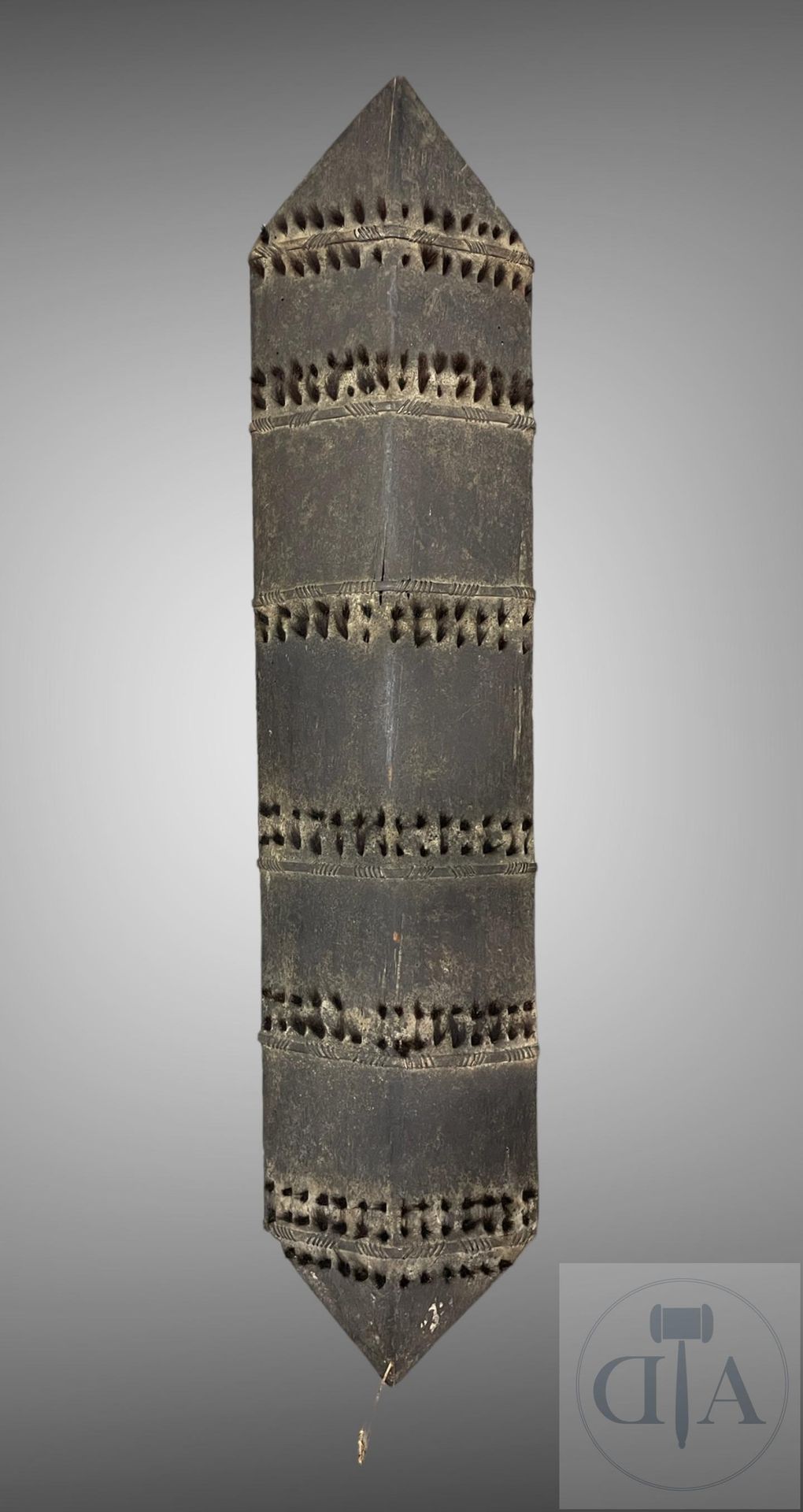Description
Indonesia/Borneo/Dayak. Kalimantan warrior's shield in carved wood decorated with horsehair. Middle of the 20th century. H X cm Prov. Steffen Patzwahl Collection (BE)
14
Indonesia/Borneo/Dayak. Kalimantan warrior's shield in carved wood decorated with horsehair. Middle of the 20th century. H X cm Prov. Steffen Patzwahl Collection (BE)
You may also like
